Are you on the hunt for some colorful additions to your garden and home décor? Look no further! Our expert team has handpicked the most stunning red flowers that are bound to add a burst of vibrancy to your space. Ranging from deep crimson to bright scarlet, these blooms will leave a lasting impression on all who see them. With our list of the Best Red Flower Names, finding the perfect flower to make a statement has never been easier. Get ready to elevate your surroundings with our top picks, starting with the mesmerizing Amaryllis.




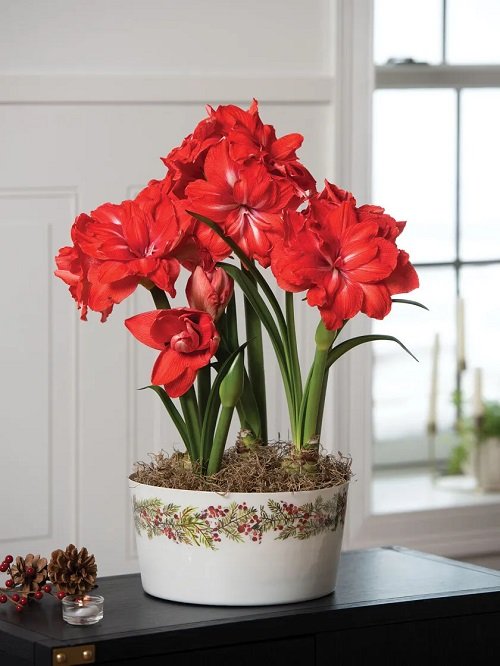
Are you searching for a plant to enhance the beauty of your garden? Look no further than the Hippeastrum. It is a plant with striking crimson flowers that have broad and varying shades of red petals. The white starburst design in the center makes it stand out from other plants. If you plan to cultivate the Hippeastrum in a container, then the Windflower is an excellent choice as it complements the Hippeastrum and adds another layer of beauty to your garden.
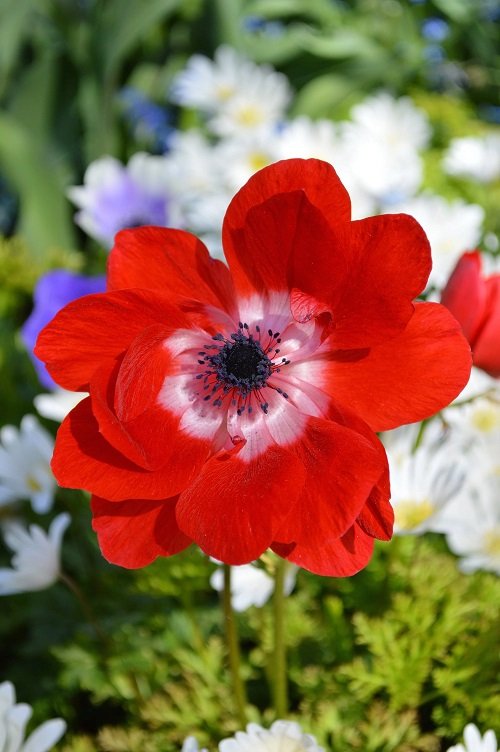
Dutchgrown boasts a unique assortment of flowers, including the Anemone – a beautiful and fragile flower with a scientific name that will surely fascinate customers. Its vivid red colors and soft, tissue-like petals are sure to captivate anyone who lays their eyes on it. The Azalea is another breathtaking option that can be found in Dutchgrown’s collection.
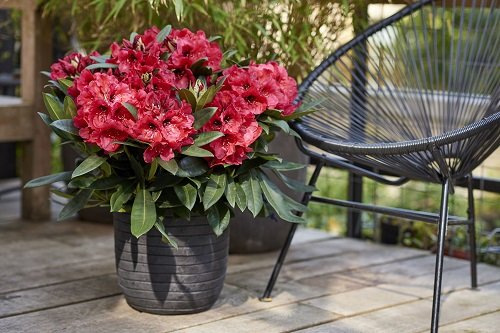
If you’re searching for a striking red floral variety to enhance your plant collection, then consider adding a Rhododendron. These vibrant, clustered trumpet-shaped flowers are sure to capture your gaze. In case you’re looking to cultivate an Azalea in a container, we have a helpful guide available for you. Lastly, don’t overlook the Begonia as another awe-inspiring option for your garden.
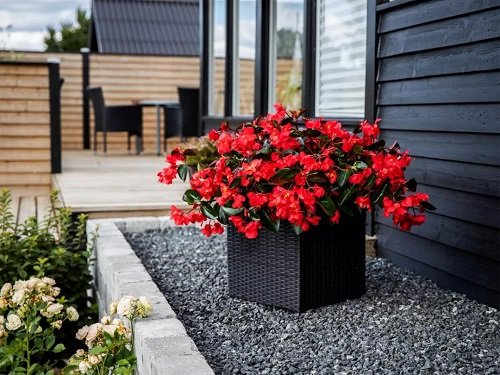
If you’re looking to enhance your indoor or outdoor space with a plant that has stunning red flowers and lush foliage, Begonia (also known as Sakataseed) is a great option. Our guide offers everything you need to know about nurturing and growing Elatior Begonias successfully. Additionally, if you’re on the lookout for another beautiful plant, consider the Bleeding Heart.
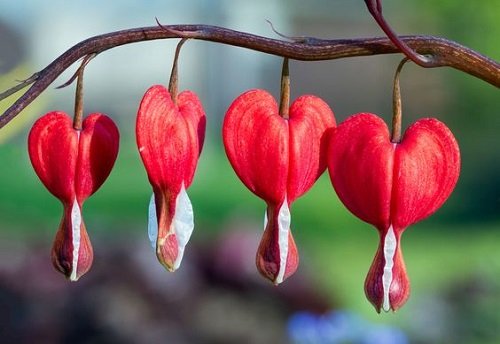
Have you ever heard of Dicentra, the scientific name for the Bleeding Heart flower? Its petals are shaped like a heart and come in lovely shades of pink and red with a white teardrop at the end, making it easy to distinguish. Let’s now delve into the beauty of the Camellia flower.
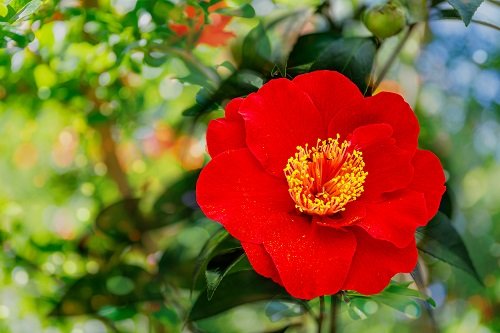
The Camellia, also known by its scientific name Camellia, is a very popular plant among garden enthusiasts. It’s a real beauty with its gorgeous wax-like petals that come in rich shades of red and have a distinctive ruffled texture. Adding this stunning flower to any garden is sure to make it stand out. The Camellia is particularly sought-after for being one of the most attractive red flowers available. Another noteworthy plant that should be on your radar is the Dianthus.
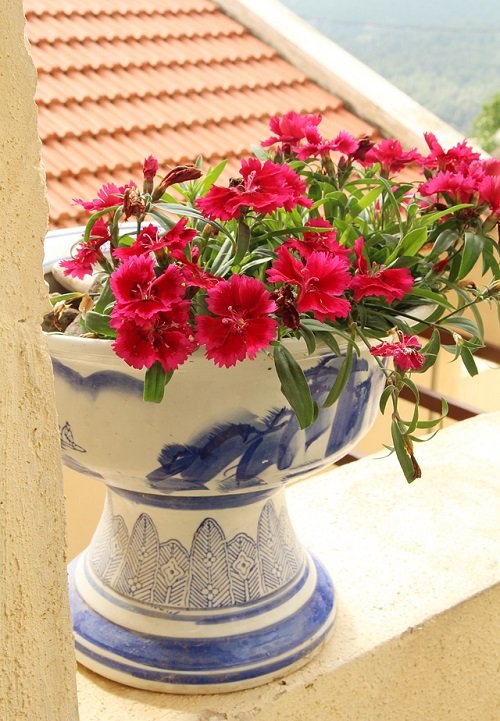
Were you aware that carnations have a scientific designation? It’s none other than Dianthus caryophyllus! These stunning blossoms flaunt intricate petals and emit a potent aroma that varies from deep crimson to soft rose. Additionally, chrysanthemums are an excellent option to consider for floral arrangements.
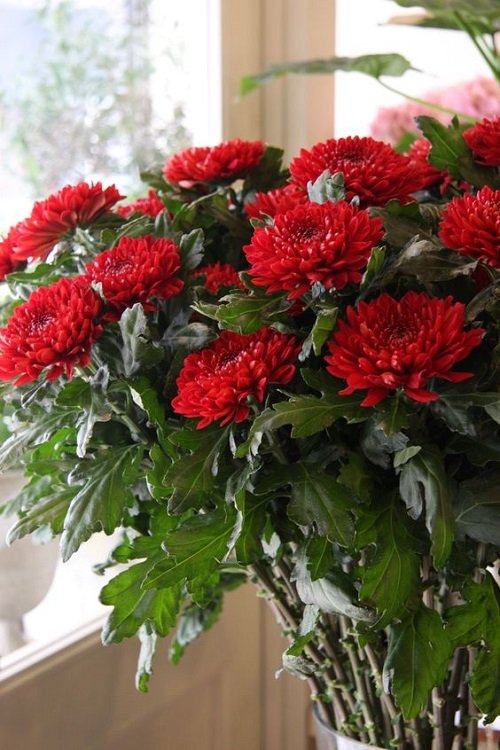
Yukinobu Fujino’s Fleurs Trémolo is an impressive collection of botanical species, featuring a variety of beautiful flowers like the popular Chrysanthemums. For gardening enthusiasts who wish to grow these stunning flowers in pots, we’ve got you covered with our all-inclusive guide. Another breathtaking option to enhance the beauty of any garden is the Cockscomb flower.
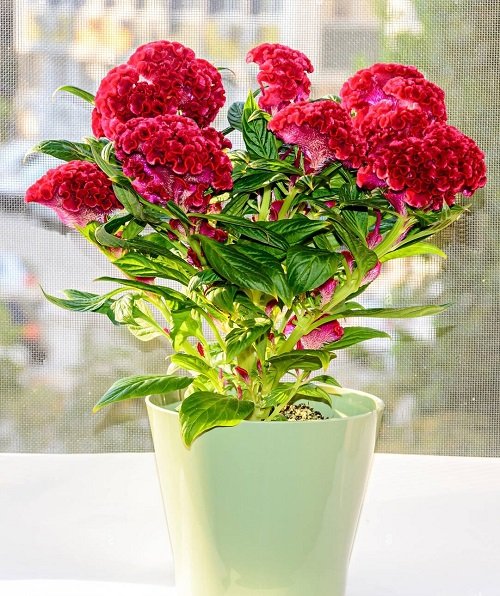
The Celosia cristata, commonly known as Cockscomb, is a stunning plant with plume-like flowers that come in different shades of pink and red, reminiscent of a rooster’s comb. To make sure your Cockscomb grows well, take a look at our care tips. Moreover, you may want to add the eye-catching Columbine to your garden.
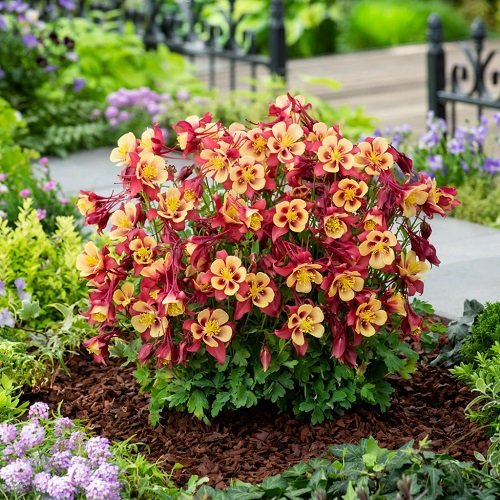
The Columbine, also known as Aquilegia, is a charming flower with delicate bell-shaped petals that come in various hues of red, with occasional white or yellow spots. It’s an excellent option to add to your garden’s aesthetics. Another breathtaking flower worth considering for your garden is the Coreopsis.
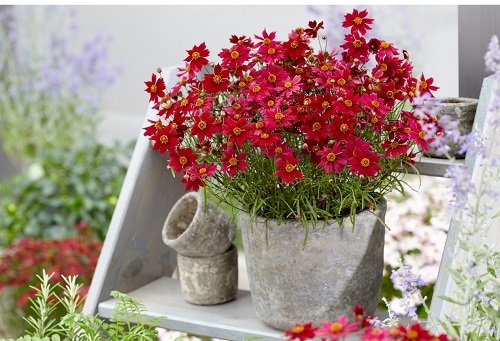
Are you someone who loves lively and striking orange blossoms? Look no further than Cosmos, also known as the playful tangerine flower. This plant requires very little maintenance and produces an abundance of daisy-like flowers in a vivacious shade of orange with bright yellow centers. These blooms will continue to bring joy and beauty for a long time without any fuss.
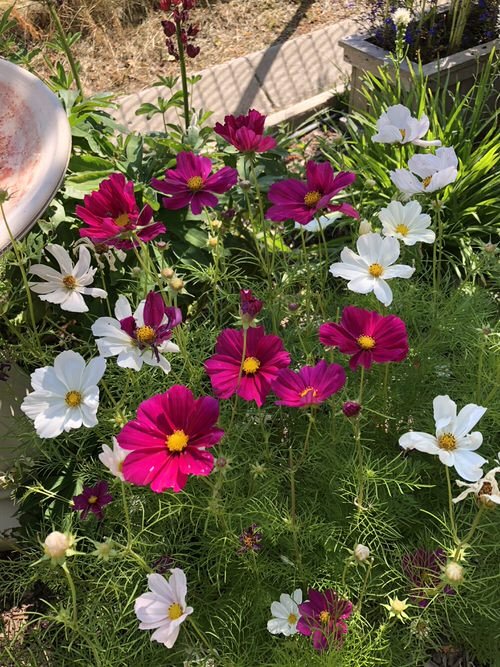
The cosmos flower is a lively and straightforward plant that goes by its botanical name. Its beauty comes in a range of colors, from bold reds to softer tones, and its graceful, wispy leaves add to its appeal.
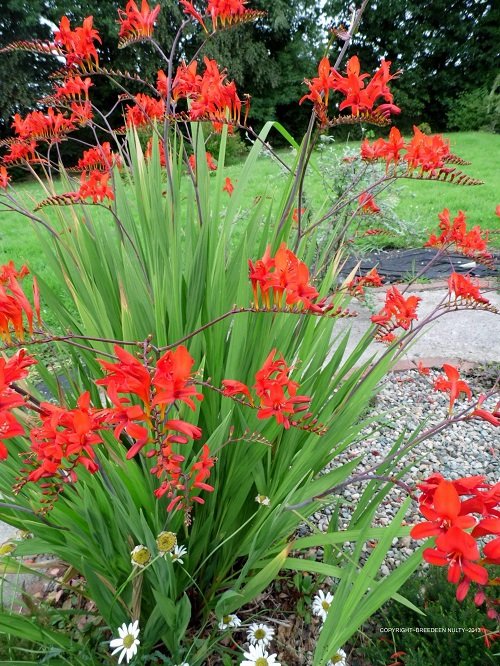
Crocosmia is a strikingly gorgeous flower that can give your garden a vibrant burst of color. Its distinct curved shape and vivid red-orange petals make it an attractive addition to any outdoor space. This plant stands tall on delicate stems, providing a spectacular view that’s sure to impress anyone who sets eyes on it.

Explore the beauty of various flower species at sarahraven.com, where you can find the charming Cyclamen. This particular flower is distinguished by its upturned petals that come in various shades of deep red, making it one of the most eye-catching red blooms out there. Additionally, the website showcases the Daffodil, another stunning flower worth admiring.

The dahlia is a delightful flower that can be cultivated in your garden during the spring season. With its vivid hues of red and yellow, it is a popular choice amongst garden enthusiasts. What sets it apart from other flowers is its distinct, trumpet-like center that adds a touch of uniqueness to any outdoor setting.
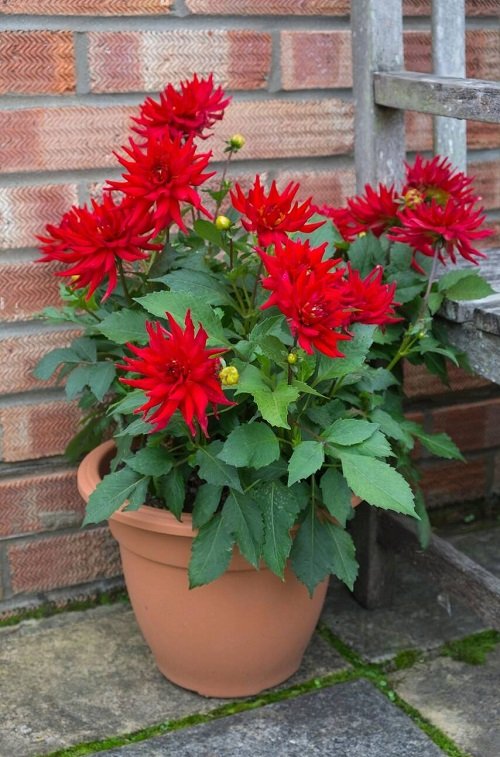
Dahlias are a well-loved plant that can enhance the beauty of any garden. They are available in different hues, including a bold crimson shade that can elevate the appeal of your flower beds. Their distinct, spiky shape adds a touch of dynamism and vibrancy to any floral arrangement. To help you pick the perfect red Dahlia for your garden, we have compiled a list of top choices. One of our recommended options is the Dogwood variety, which is ranked 17th on our list.
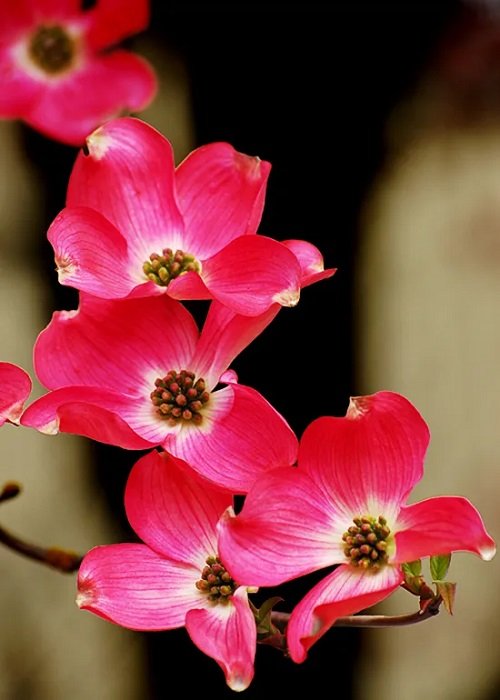
Cornus, which is also referred to scientifically, is a stunning inclusion amidst the collection of crimson blossoms. Its one-of-a-kind and intricately layered texture is offered in multiple hues that span from soft pink to rich red. Let’s proceed to the 18th flower on our list, Echinacea.

Fuchsia is a captivating and vibrant plant that has the ability to thrive in various environments. Its unique bell-shaped flowers are adored by hummingbirds and butterflies alike.
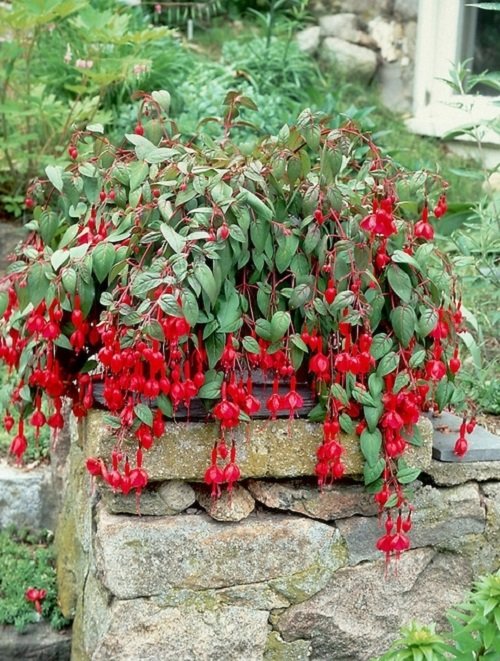
Fuchsia is a delightful flower that boasts stunning waterfall-like petals in various shades of pink and red. It is recognized for having one of the most exquisite names among all red flowers. Additionally, another noteworthy plant is Gazania.

If you’re looking for a charming and delightful addition to your garden, consider geraniums! These lovely flowering plants boast stunning blossoms that bear a striking resemblance to delicate roses. Their beautiful blooms come in an array of gorgeous shades, including pink, purple, and white. Not only are their flowers impressive, but their lush green foliage is also a sight to behold. All in all, geraniums are an excellent choice for anyone looking to enhance the beauty of their garden.
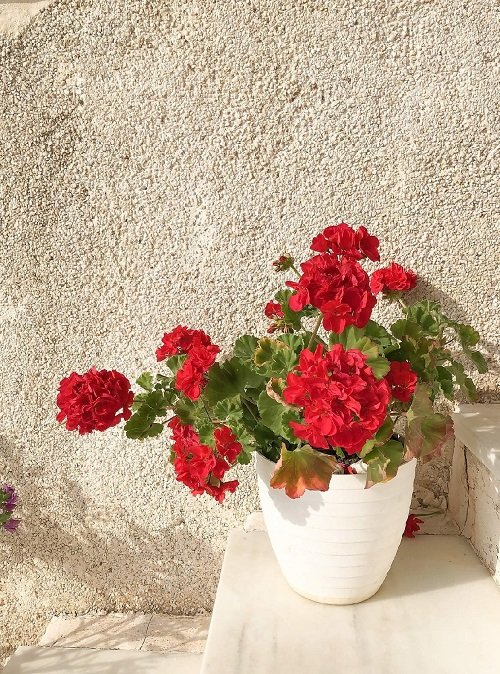
Geraniums, also called Pelargonium, are a popular garden plant admired for their beautiful flowers that come in different eye-catching shades such as pink and red. The distinctive five-petal structure of the flower adds character and charisma to any outdoor space. But did you know that you can enjoy these lovely blooms indoors as well? In this guide, we’ll provide you with all the information you need to know to successfully grow geraniums inside your home. On an unrelated note, Gladiolus is not related to this topic and requires further explanation for context.
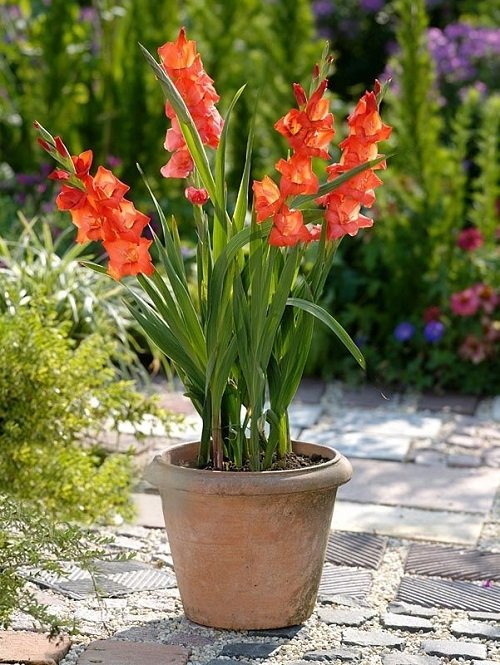
The Gladiolus is a stunning flower that boasts show-stopping blooms in shades of deep red and burgundy, complete with a beautiful yellow center and delicate frills. If you’re looking to grow this stunning plant yourself, there are a few easy steps you can follow. However, when it comes to the Hibiscus flower, we’ll need to dig a little deeper to provide helpful information.
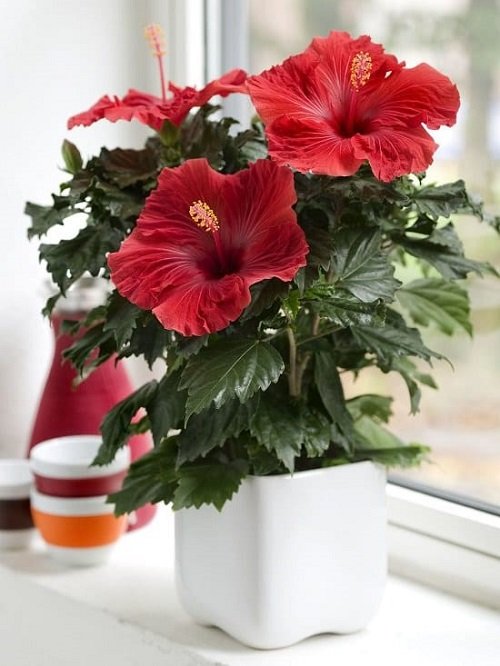
The hibiscus plant is a beautiful tropical plant that is loved for its colorful pink and red flowers. If you plan to grow it indoors, you need to take some important measures. And while we’re talking about lovely blooms, let’s not forget the stunning hollyhock plant as well.
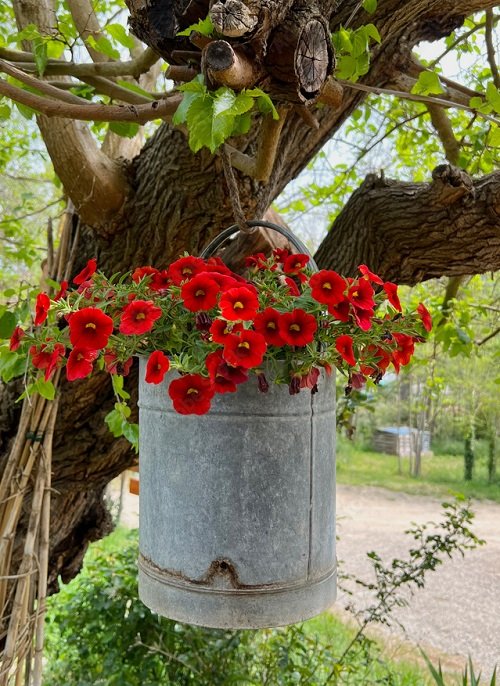
Hollyhocks, which are scientifically called Alcea, are a highly sought-after plant due to their towering height and breathtaking blooms available in various vivid hues such as pink, white, and red. On the other hand, Hyacinths also make for a stunning flower.
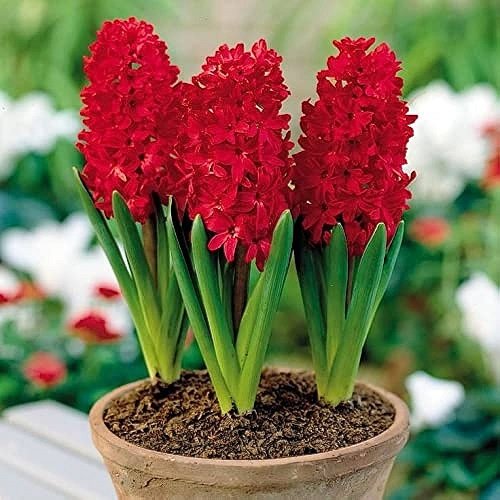
If you’re looking for a fragrant flower that comes in a variety of colors, Hyacinths (Hyacinthus) are a great choice. Their lovely scent and range of hues – including pink, purple, blue, yellow, and white – make them a popular option. These plants are also great for smaller gardens, thanks to their compact size, and produce clusters of beautiful blooms. Meanwhile, if you want to add some vibrant color to your garden, Impatiens is another plant worth checking out.
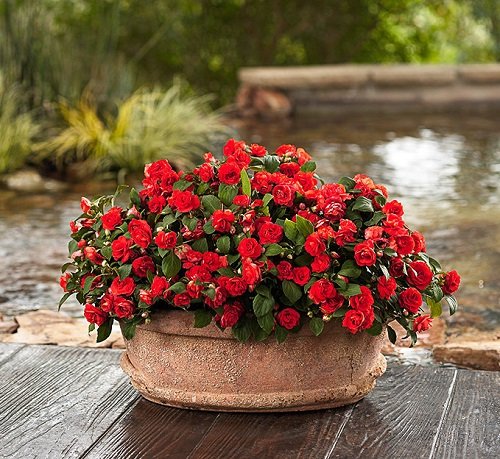
If you are on the lookout for red flowers, then you should consider Impatiens. These beautiful blooms come in varying shades, such as white, pink, orange, and of course, red. To help them thrive, they require a shaded environment. Check out our inclusive guide that offers valuable insights on how to plant and take care of Impatiens in containers. Moving on, let’s talk about the lively Iris flower.
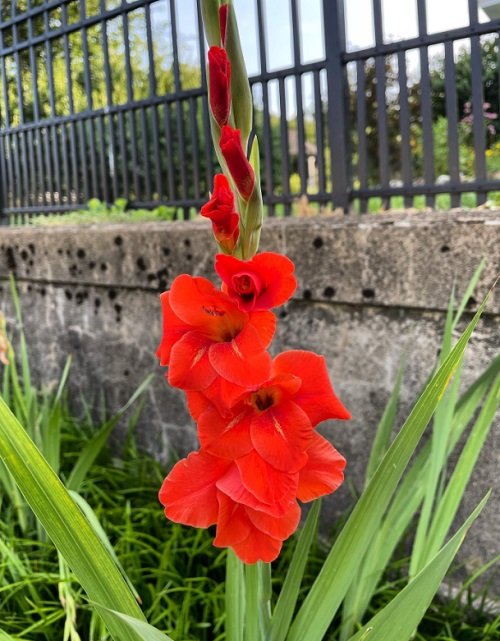
The Iris, scientifically known for its name, has stunning petals that display intricate designs of dots and strokes in a plethora of vibrant hues like red, purple, blue, white, and yellow. Additionally, the Kalanchoe is a noteworthy plant to discuss.
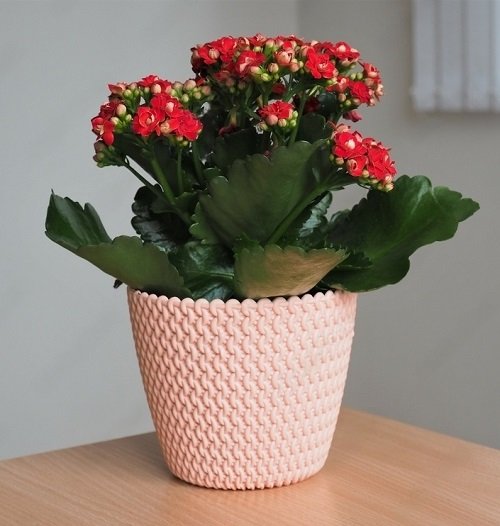
Kalanchoe is a plant famous for its vibrant and dainty flowers that come in hues of red, orange, yellow, and pink. Its blooms are also known to last for an extended period, making it a favorite among flower enthusiasts. To grow Kalanchoe indoors successfully, here are some useful tips. Another option is to consider Lantana as a plant alternative.
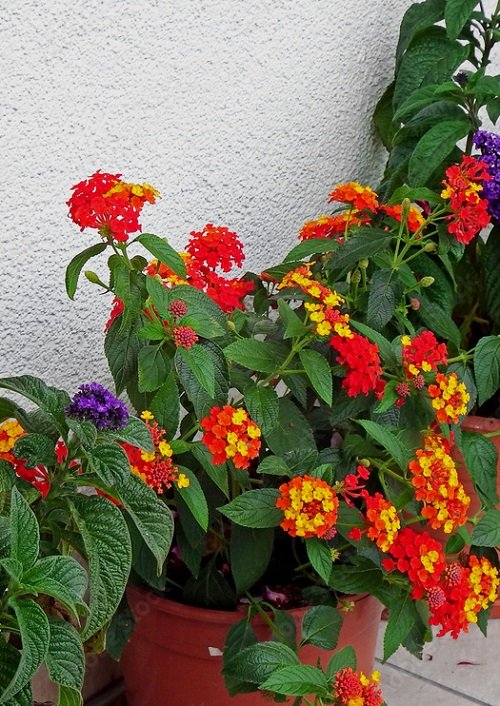
For those who love plants, Lantana can be an excellent choice to add to their collection. Its small yet captivating flowers come in vibrant hues of red, yellow, and orange, making it a perfect fit for those who have a penchant for the color red. It is often used for decorative purposes in hanging baskets and container gardens. If you want to grow Lantana on your own, fret not as it is relatively simple! Here are some fundamental guidelines to help you get started.
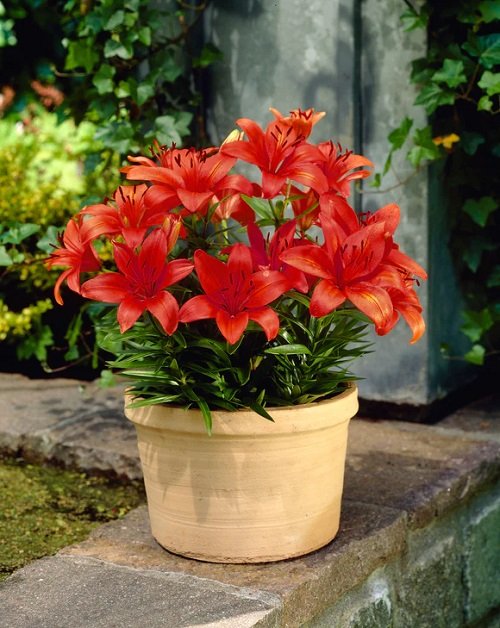
The delightful Lily, also known as Lilium in scientific terms, is an exquisite flower that displays a variety of hues such as pink, white and red. Its sheer size can be quite awe-inspiring, with certain types having blossoms spanning over six inches wide. As for our plant countdown, we have Lobelia taking the 31st position.

Lobelia is a charming plant that boasts a petite stature and an abundance of delicate blooms in shades of pink, blue, and white. It’s a beloved selection for enhancing the beauty of rock gardens and borders.

Marigold, also known as Tagetes, is a lovely flower adored for its vibrant and lively hues. It emits a unique aroma that varies from shades of yellow to red. Our article aims to present you with a detailed manual on how to propagate Marigolds via cuttings. We will guide you through the steps involved in the process. Furthermore, we’ll also delve into Bee Balm, yet another sought-after flower.
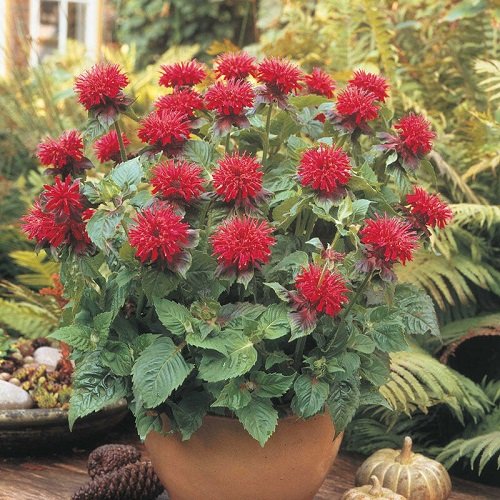
Monarda, commonly known as Bee Balm, is a stunning plant that showcases lovely hues of purple, pink, and red when it blooms. Since bees are drawn to it, it’s a great choice for enhancing the beauty of your garden. To ensure that your Bee Balm thrives, here are some useful pointers. Now, let’s move on to our next plant, Nasturtium.

Tropaeolum, a genus of plants commonly known as nasturtiums, are famed for their charming flowers that come in different shades like red, yellow, and orange. They are highly sought-after for their beautiful blooms and edible leaves and flowers. If you’re keen on growing nasturtiums in a container, this guide will come in handy. Additionally, an alternative plant to consider is Nerine.
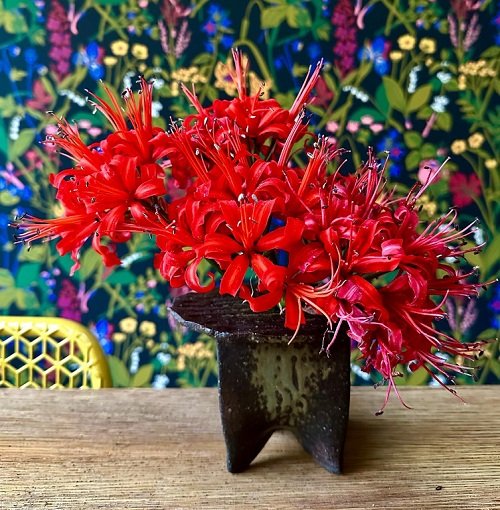
Nerine is a stunning plant that features clusters of trumpet-shaped flowers and is commonly referred to by its scientific name. Its vibrant hues range from pink, red, to white, making it perfect for adding to floral arrangements. Additionally, our 36th plant on the list happens to be the Orchid.
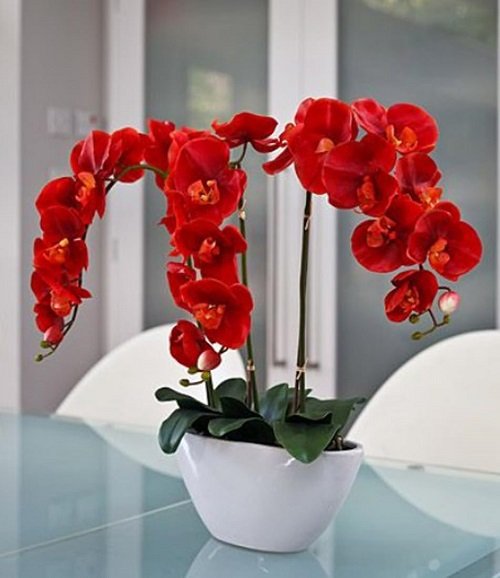
Pansies are scientifically classified as Violaceae. They are popular for their stunning aesthetics and diverse color palette, while also representing happiness, thoughtfulness, and creativity.
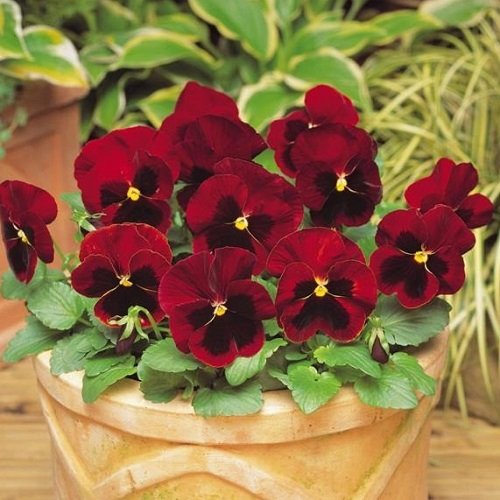
Viola is the official name for these charming blooms that have heart-shaped petals in various shades. Red is a common preference among others. If you’re keen on nurturing pansies, there’s an abundance of resources to tap into. And, of course, we can’t overlook peonies!

Peonies, scientifically known as Paeonia, are simply breathtaking with their distinct name and gorgeous appearance. These flowers flaunt multiple layers of soft petals in shades of pink, red, and white, creating an alluring presentation that won’t go unnoticed. Likewise, petunias are a charming species of flowers that come in several hues and provide a burst of colors to any garden or flower arrangement.
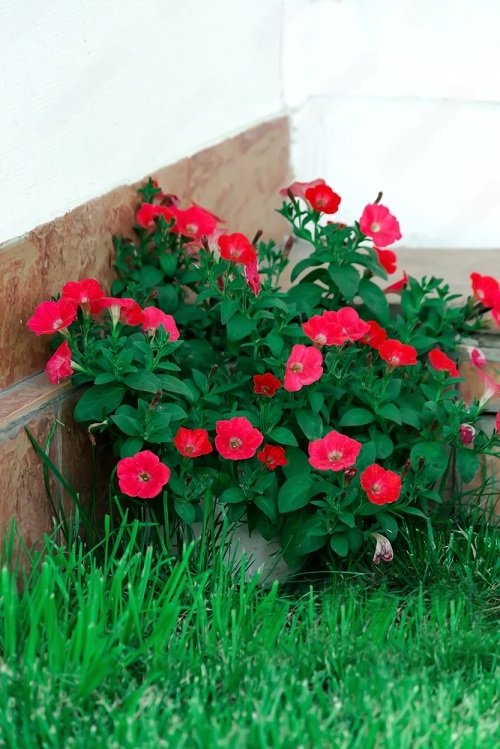
Looking for flowers that are both colorful and resilient? Petunias might just fit the bill! These tough annuals are famous for their lively blooms that can stand up to a range of weather conditions. If you’re interested in cultivating even bigger and more impressive petunias, don’t hesitate to consult our handy guide. And while you’re at it, take note of another eye-catching red flower: Phlox.
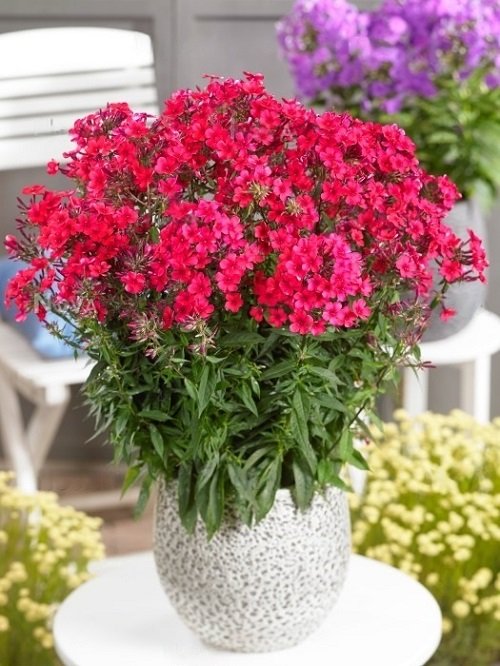
For those who love gardening and want a flower that impresses, Phlox is the perfect choice. These flowers not only emit a lovely fragrance, but their striking star-shaped petals last for a long time and are truly mesmerizing. The best thing about them is that they come in several hues, so you can easily find one that suits your garden’s distinctive style.
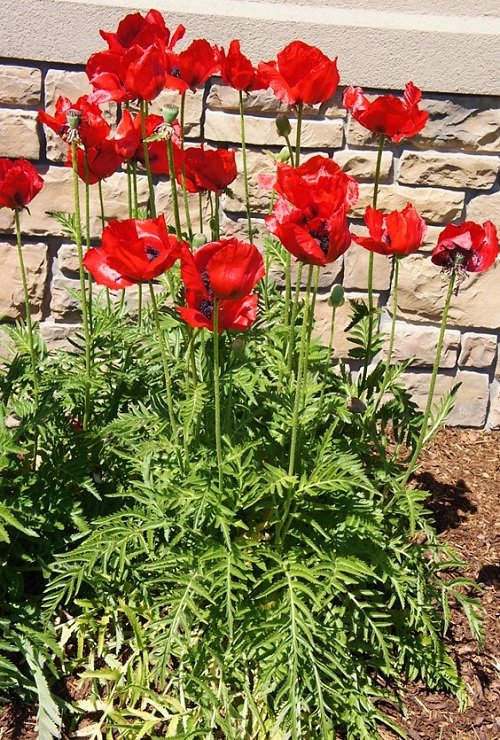
Papaver, commonly known as Poppies, are a favorite among garden enthusiasts and florists due to their striking colors and unique appearance resembling paper. For those interested in growing Poppies in containers, there are practical tips and information available. Additionally, if you’re looking to expand your plant collection, consider adding Portulaca to your list.
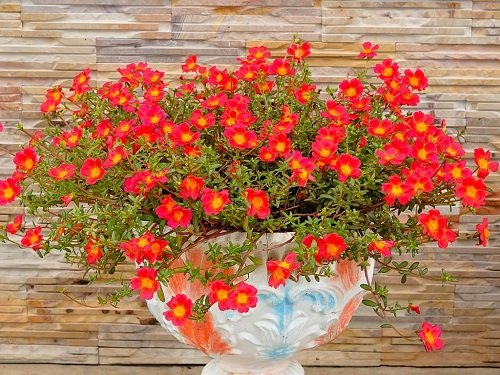
Moss Rose, or Portulaca flowers, are well-loved for their lively hues and resilience in scorching and arid climates. To grow these striking and versatile plants successfully, consider these expert pointers. Moreover, if you want to enhance your garden’s beauty, consider getting Primroses as well.
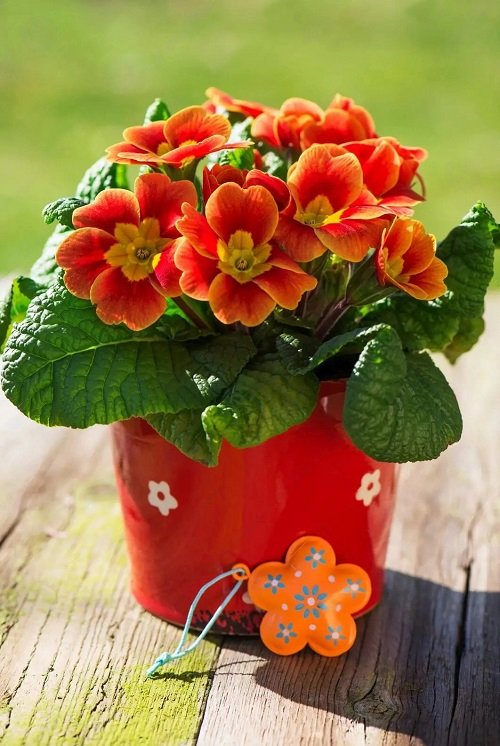
The Primula, commonly known as the Primrose, is a well-loved flower admired for its exquisite crimson petals. Its appeal is further enhanced by its unique capacity to flourish in dimly-lit places and bloom early in the spring season. Another noteworthy flower is the Ranunculus.
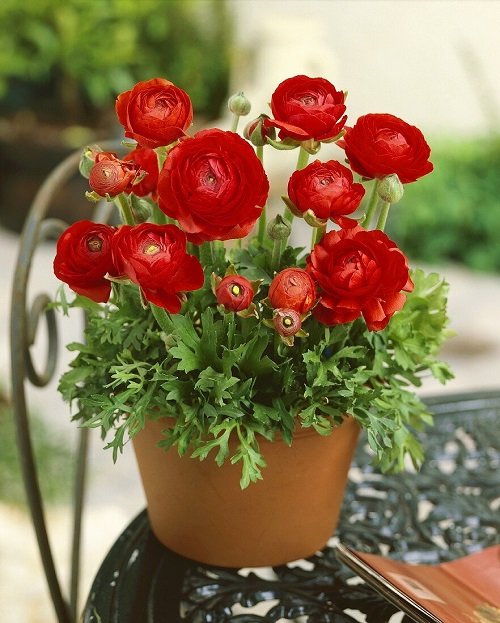
If you’re aiming to add a pop of sophistication and liveliness to your significant events, especially weddings, then Ranunculus flowers should definitely be on your list. This plant boasts of its plush, smooth petals and a diverse color range, which makes it a go-to choice for many. On the other hand, the Redbud plant is also worth noting.
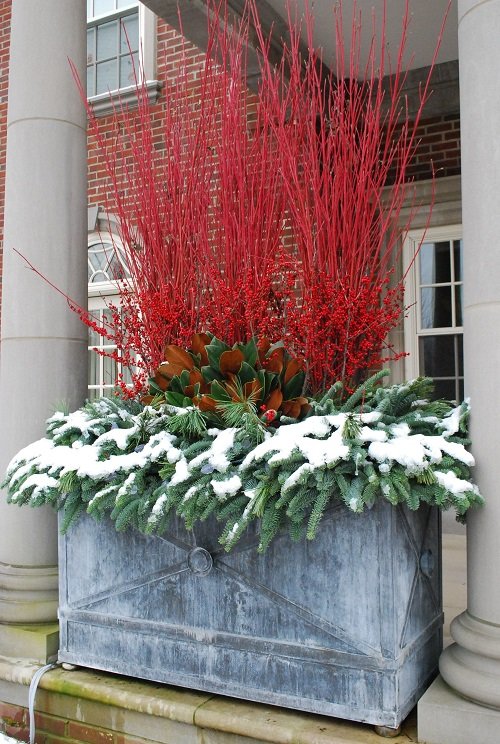
Looking for trees that boast breathtaking red flowers? Look no further than Cercis! These gorgeous trees display blooms in shades of pink and purple during the beginning of spring, adding a splash of color to your garden. And if you’re on the hunt for plants with unique botanical names, don’t forget about Rhododendron.
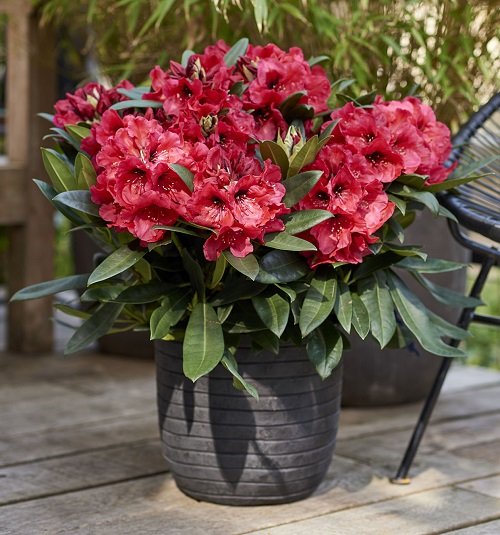
Rhododendrons are recognized for their breathtaking and varied blooms that display shades of pink, red, white, and purple. These magnificent flowers are highly sought after by gardeners and plant lovers due to their impressive size and beauty. Moving on, our attention now turns to another item on the agenda: the scientific name for Rose.

The captivating and symbolic representation of love and romance make roses a favorite among flower enthusiasts. With its numerous varieties and colors, it’s a perfect fit for any garden. However, before cultivating them, it’s essential to take into account several factors. Similarly, Rudbeckia is also a popular flower that nature enthusiasts will appreciate.

Are you searching for a flower that possesses both resilience and beauty? Look no further than the Rudbeckia. This stunning flower, resembling the beloved daisy, can withstand even the harshest weather conditions while boasting vibrant yellow petals with a contrasting dark brown center. Add some much-needed color to your garden with this exceptional choice.
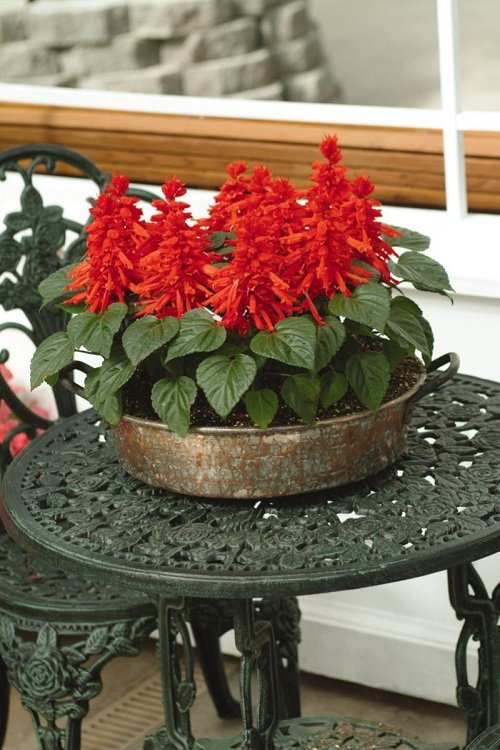
Do you happen to know about Salvia? This charming plant is characterized by its tall and graceful appearance, featuring long spikes of small tube-shaped flowers that come in different hues like red, pink, purple, and blue. In case you’re planning to grow Salvia in pots, we’ve got you covered with all the essential information. Also, have you considered planting Snapdragons in your garden? They’re definitely worth adding to your list!
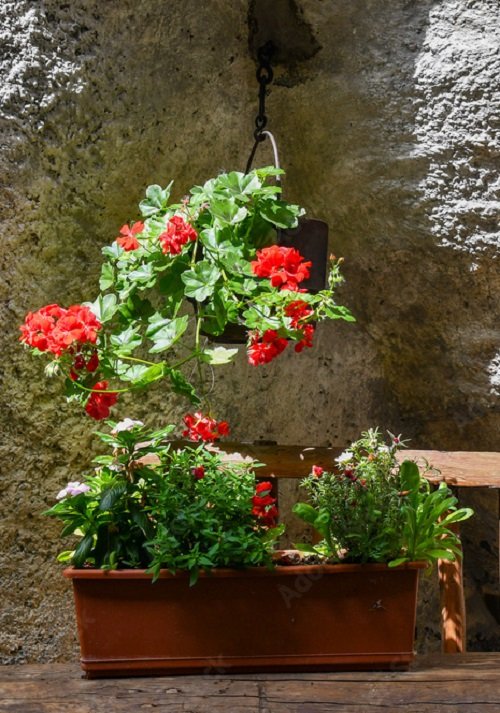
The Spider Lily, also known as Hymenocallis, is a magnificent type of flower with its unique feature of elongated petals that bear a striking resemblance to spider legs. This distinct appearance has made it a favorite among flower lovers, making it a prominent choice in any list of red flower names.
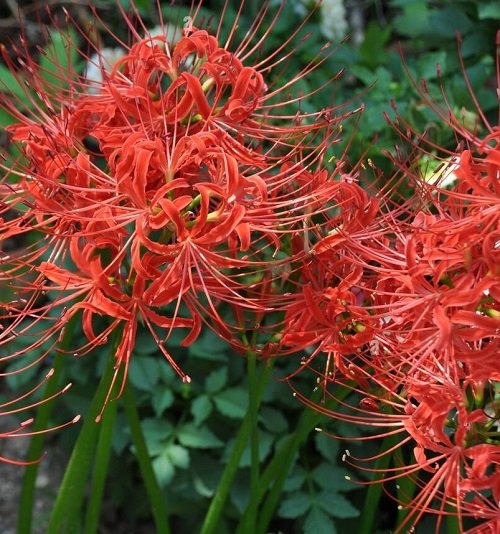
Are you on the hunt for a one-of-a-kind flower to elevate the charm of your garden? You don’t need to search any further than the Hymenocallis! Its extended, spider-like petals and striking shades of pink or red are guaranteed to bring some flair to your outdoor area. If you’re keen on discovering more about how to grow and nurture this impressive plant, take a peek at our all-inclusive handbook. Also, don’t forget to check out our favorite pick for the 52nd must-have flower: the breathtaking Stargazer Lily.
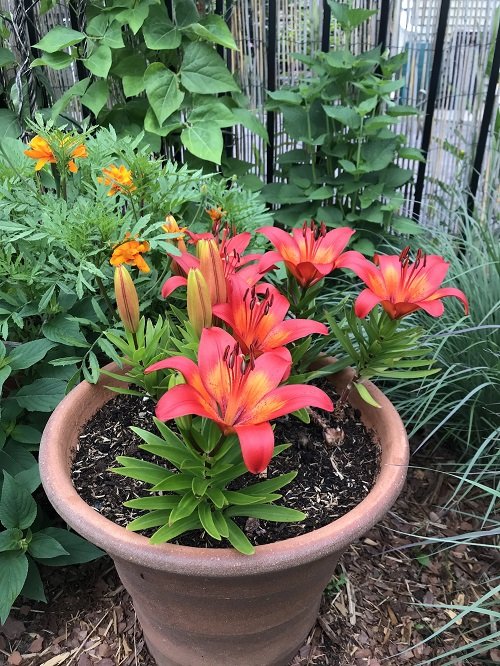
If you’re searching for a way to elevate the look of your garden, why not consider the delightful Lilium ‘Stargazer’? This flower is not only visually appealing with its large, upward-facing blooms that come in pink or white, but it’s also fragrant. For those who are looking for something equally stunning, the Helianthus annuus aka Sunflower is also worth considering.

Sunflowers, also known as Helianthus, are a delightful and timeless addition to any garden with their striking yellow petals and prominent center disk. If you’re interested in spicing things up with a red-hued sunflower variety, look no further! We’ve put together a list of the best options, starting with our top pick – the Sweet William at number 54.

Looking to add some pops of color to your garden? Consider planting the Sweet William, also known as Dianthus barbatus. This delightful flower produces small clusters of brightly colored petals in shades of pink, red, and white. For an even more eye-catching display, the Tithonia is a fantastic option with its bold orange hue that’s sure to make your outdoor space stand out.
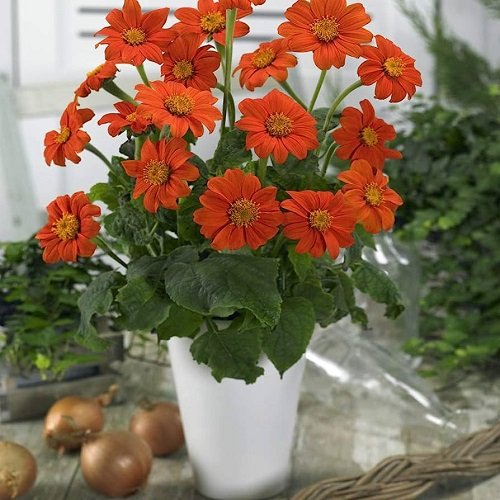
Tithonia is an eye-catching flower that belongs to the list of red flowers. Its botanical name adds to its charm, and it comes in vibrant shades like orange and yellow as well. Planting Tithonia in your garden can attract pollinators effectively. Moving on to the next flower on our list, we have Tulip.
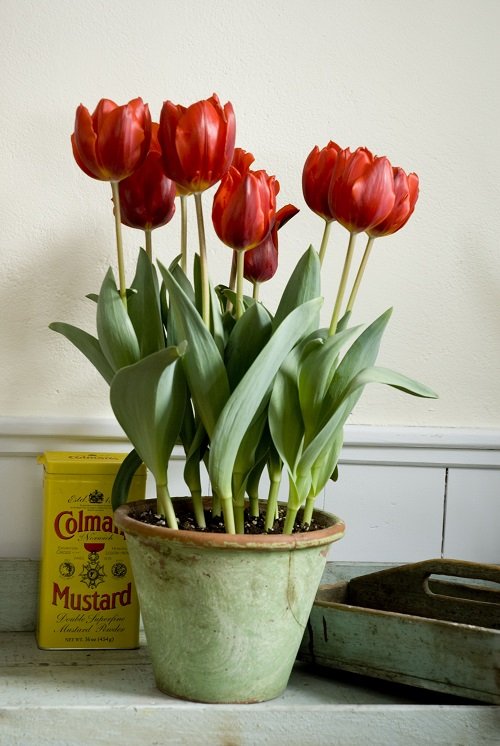
Spring is always welcomed with the charming Tulip flower. With its distinct shape of cup-like petals, it comes in various bright shades and soothing pastels making it a favorite among many. It certainly adds a splash of sophistication to any garden. Speaking of flowers, the Verbena has an interesting common name that ranks 57th on the list.

The Verbena plant is a delightful little plant that boasts colorful, petite flowers. This plant is perfect for adding a touch of beauty to garden perimeters and hanging pots. Furthermore, the Vinca plant is another option worth exploring.
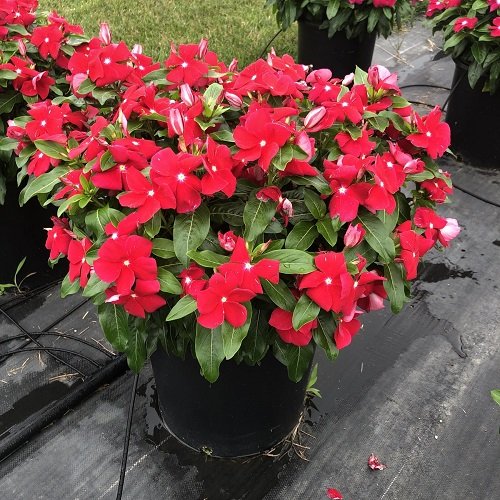
The Catharanthus roseus, also known as Madagascar periwinkle, is a plant that requires minimal attention and can thrive in challenging environments. It has vibrant star-shaped blossoms and glossy green leaves that come in different shades like red, pink, purple, and white. Moreover, Zinnia is another well-liked plant.

The Zinnia is a beautiful flower that comes in various sizes and hues, and it’s famous for blooming for extended periods. To get tips on how to cultivate this flower in a pot, take a look at our guide. Also, the Angelonia plant is worth mentioning and has secured the 60th spot in our list of remarkable plants.

Allow us to acquaint you with a charming plant called Angelonia, also known as Joel Kempfer. It is an excellent choice if you are searching for red flowers that can thrive in hot and humid conditions. The plant’s petite spikes are adorned with sweet-smelling blooms in a range of colors, including pink, purple, red, and white. Now, let’s turn our attention to the following plant on the list – Bottlebrush.

The bottle brush shrub, or Callistemon, boasts stunning cylindrical flowers that are sure to catch your eye. These blooms come in shades of pink and red, reminiscent of the bristles on a bottle brush.
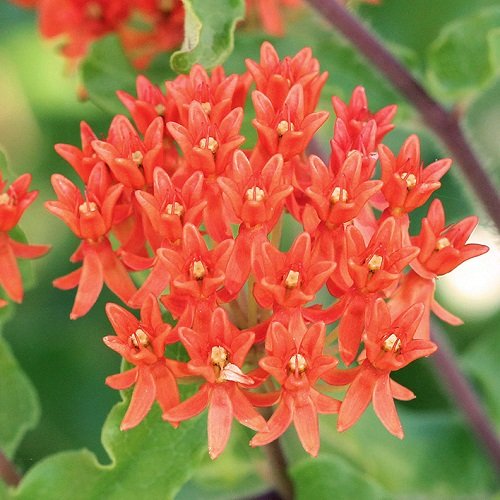
At Flawildflowers, you can find a remarkable perennial that boasts clusters of bright yellow or orange flowers called Asclepias tuberosa, commonly known as Butterfly Weed. This plant is a magnet for charming butterflies and other helpful pollinators that can add more life to your garden. However, let’s shift our focus to another plant, the Christmas Cactus.
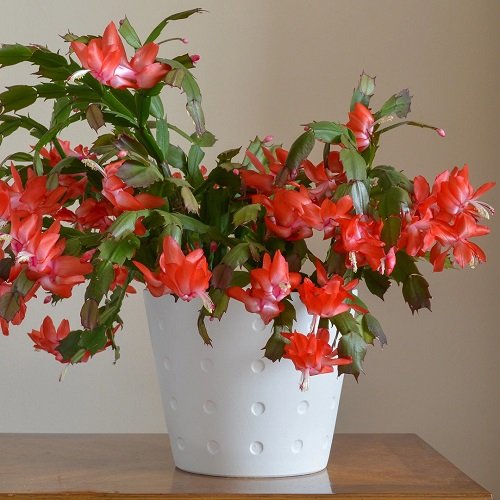
Bring some festive cheer to your decor with Schlumbergera, a delightful plant commonly referred to as the Christmas cactus. Admire its stunning red and white flowers that are guaranteed to captivate and impress. If you’re looking for another way to add a pop of color to your surroundings, consider including Clarkia in your collection.
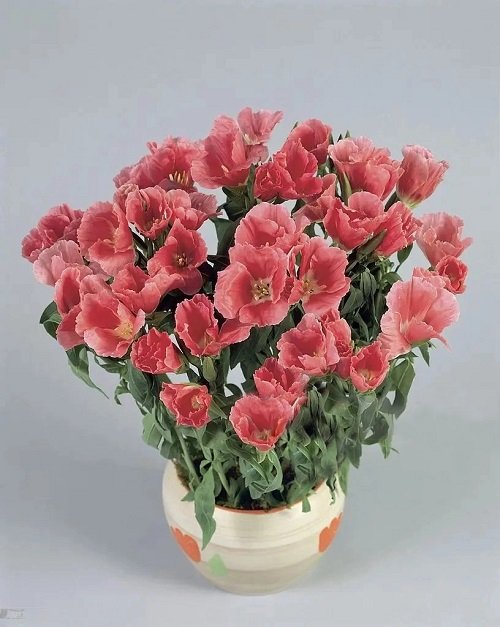
Clarkia is a delightful bloom that boasts a variety of red hues and boasts petals that elegantly contort and curve. With many lovely red flowers to choose from, Clarkia is sure to make a gorgeous addition to any floral display. Additionally, make sure to include the stunning Crape Myrtle in your search for breathtaking blooms.
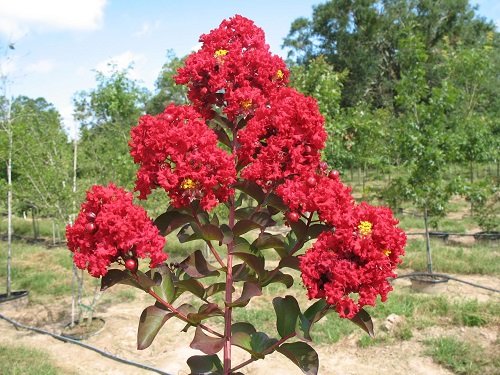
The Lagerstroemia indica, better known as the Crape Myrtle, is a stunning plant species with long branches adorned in vibrant pink, purple, and red flowers. This botanical wonder is sometimes referred to as the Firecracker Plant due to its eye-catching and explosive blooms.

The Russelia equisetiformis is well-known for its breathtaking red tubular flowers, which bear resemblance to fireworks bursting in the sky. Undoubtedly, it’s a sight worth beholding! Moving on to our next plant, we have the delightful Gerbera Daisy, the 67th addition to our list.
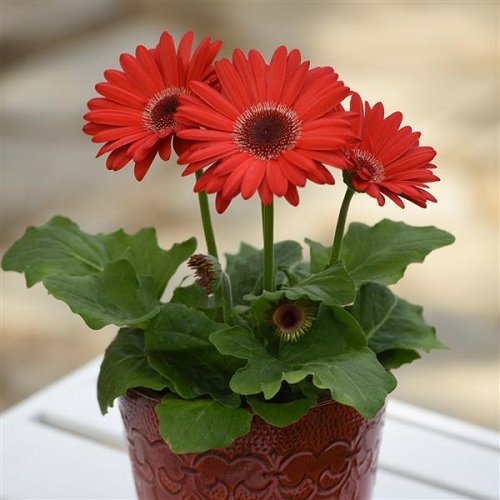
The popular Gerbera jamesonii plant is famous for its vibrant center and unique petal structure. To maintain their beauty, it’s essential to follow proper growing techniques, whether cultivating them indoors or outdoors. If you’re thinking of adding to your plant collection, the Hellebore is an excellent choice.
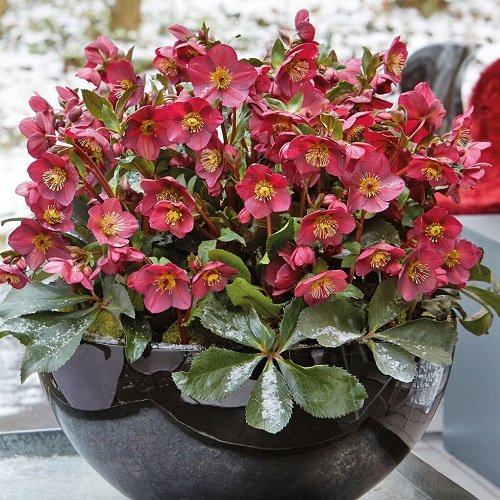
The Helleborus, commonly known as the Christmas rose, is a breathtaking plant that boasts bell-shaped flowers in various hues of pink, green and purple. Its beauty lies in its winter blooming season. On the other hand, the Indian Blanket Flower is a completely different plant altogether.
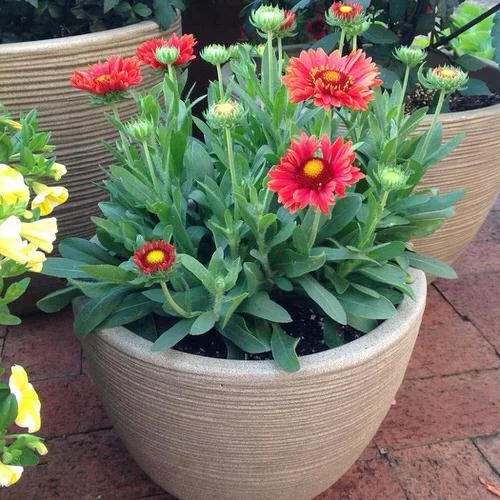
The Indian Blanket Flower, known scientifically as Gaillardia pulchella, is a truly stunning flower that resembles a vibrant, multicolored blanket. Its bright red and yellow petals make it look like a daisy, which is why gardeners worldwide love to have it in their gardens. Another name for this remarkable plant is the Hot Poker.
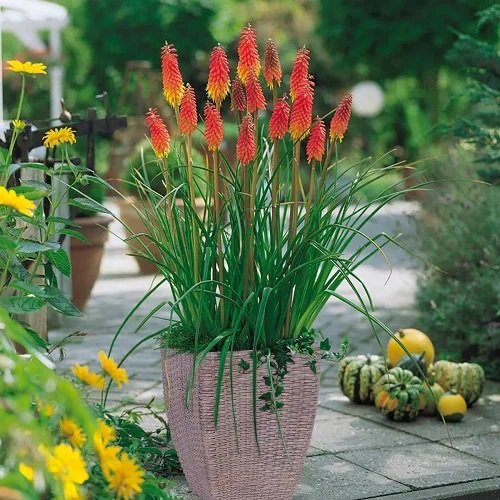
Are you familiar with the Kniphofia uvaria? This unique plant is more commonly known as the Red Hot Poker Plant, thanks to its stunning appearance. With vibrant red blooms that gradually fade to yellow at the tips, this plant creates a mesmerizing ombre effect that’s hard to resist. If you’re considering growing these beautiful plants, there are a few things you should know about caring for them. But first, let’s shift our focus over to number 71 – the Lipstick Plant.
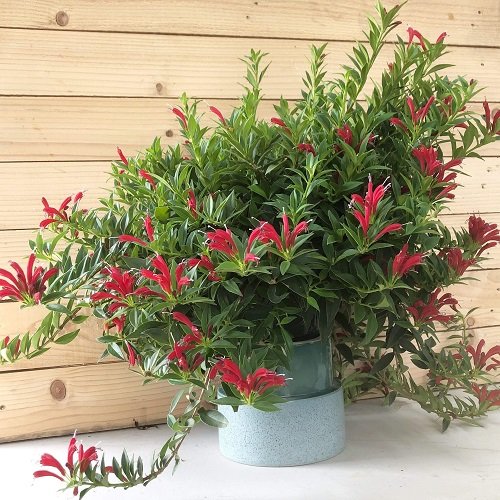
The Aeschynanthus radicans, also known as the Lipstick plant, is a beautiful plant with glossy green leaves and red flowers that look like lipstick. If you’re planning to cultivate this plant, worry not because our comprehensive guide will help you care for and grow the Lipstick plant successfully. Furthermore, if you’re curious about growing Arum Lilies, our detailed guide provides all the essential information you need.
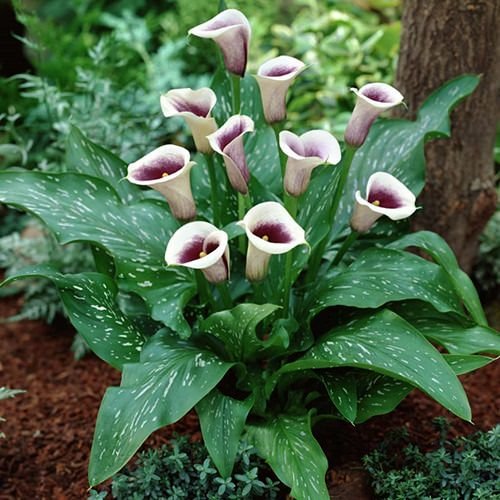
Growing and taking care of Arum Lilies can be made easy by following the right instructions. This article offers a comprehensive guide on growing Arum Lilies, including all necessary tips and tricks. Additionally, you can discover other beautiful flowers that start with the same letter as Arum Lilies by clicking here. Get valuable insights on Arum Lilies to ensure the healthy growth of your plant.
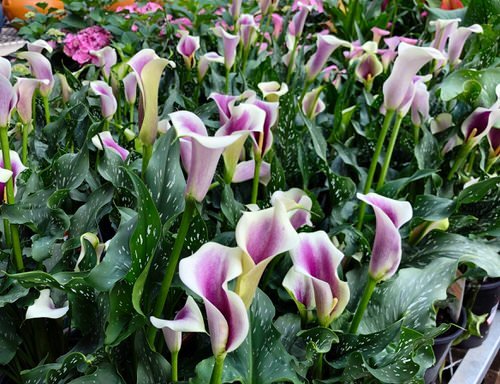
The Arum Lily, also referred to as Zantedeschia, is a member of the Araceae family and originates from South Africa. It thrives in moist environments such as wetlands and marshy areas and boasts beautiful white flowers and large heart-shaped leaves growing on tall stems. Its unique features enable it to adapt to various conditions, making it a popular choice for both wild growth and gardens. Interestingly, Arum Lilies emit a scent similar to rotting meat to attract pollinators like flies. Propagation is a straightforward process; dividing the rhizomes or bulbs is a guaranteed way to grow them effectively. While planting, it’s vital to ensure that the rhizomes are placed in fertile soil with the pointed end facing upwards and enough space for root growth. Choosing a pot with a minimum diameter of 10-12 inches and a depth of at least 10 inches is recommended. With its low maintenance nature and ease of cultivation, Arum Lilies make an excellent addition to any indoor or outdoor space.
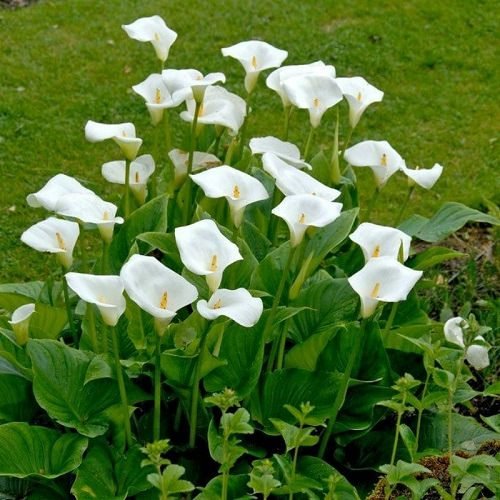
To make sure your Arum Lily thrives, it’s crucial to consider the amount and location of sunlight it receives. Direct sunlight could harm its leaves, so choose a spot that gets indirect, bright light and partial shade. This location should receive a few hours of morning or late afternoon sun but shielded from intense midday rays.
The soil for Arum Lilies should be moist and well-draining, with plenty of organic matter. To promote proper drainage, add humus-rich fertilizer and perlite. The ideal pH level is slightly acidic to neutral, between 6.0 and 7.0. If your soil is heavy or compact, you can improve drainage by incorporating organic compost or peat moss.
Watering is also critical when caring for Arum Lilies. Ensure that the soil remains consistently moist, but avoid over-saturating it. Water deeply whenever the top inch of soil feels dry to the touch, and do not let the soil completely dry out before watering again. You must provide enough moisture without creating waterlogged conditions.
The temperature and humidity levels for Arum Lilies should remain moderate, ranging from 65 to 75°F (18 to 24°C) during the day and slightly cooler at night. Avoid exposing the plant to extreme heat or cold. The plant prefers average to slightly higher humidity levels, but it can endure drier conditions. To increase humidity levels, mist the plant with water or place a tray filled with water nearby if the air is too dry.
In conclusion, taking care of your Arum Lily means paying attention to its sunlight and location, providing moist and well-draining soil, watering correctly, and maintaining moderate temperatures and humidity levels.
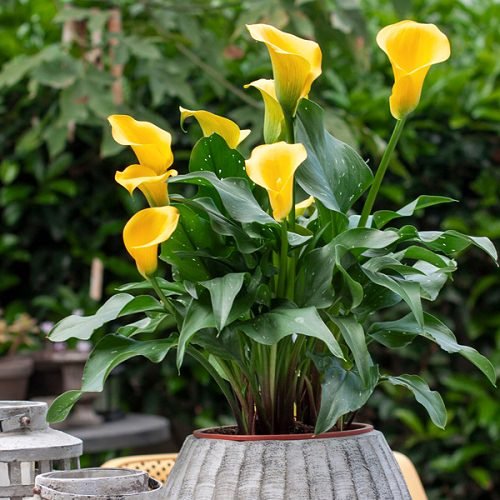
Taking care of Arum Lily plants can be a challenging task as it requires regular attention and fertilization for optimum growth. To promote their growth, it’s best to provide them with an all-purpose liquid fertilizer every month during their growing season, and every two to three months, you can also apply cow dung compost or bone meal to boost their growth. However, it is important to avoid fertilizing during their dormant periods.
Overwintering the Arum Lily plants is easy in milder winter climates, but in cooler areas, it’s crucial to protect their bulbs from frost. You can dig up the bulbs before the frost arrives and leave them to dry in a sunny spot for a few days to ensure their safety.
Pruning is essential for maintaining the appearance and health of these plants. After flowering, use clean and sharp pruning shears to get rid of any dead or yellowing leaves at their base.
Planting Arum Lily plants in poorly-drained soil or overwatering them can make them vulnerable to pests like aphids and snails or diseases like root rot. To prevent this, ensure your plants have good drainage, avoid overwatering, and take prompt action if you notice any signs of disease.
Growing Arum Lilies from seeds can be a challenging task; therefore, it’s best to obtain healthy rhizomes from a reputable source. Yellowing leaves may indicate nutrient deficiencies, overwatering, or underwatering, so adjust your fertilization and watering schedules according to your plant’s needs.
If you live in colder regions, move your potted Arum Lily plants indoors or to a greenhouse with a temperature of around 50°F (10°C) during winter. Reduce watering frequency during this time, as growth slows down in winter.
Lastly, keep in mind that Arum Lily plants are toxic to humans and animals if ingested. Take precautions when handling them, keep them out of reach of children and pets, and seek immediate medical attention if ingested.
